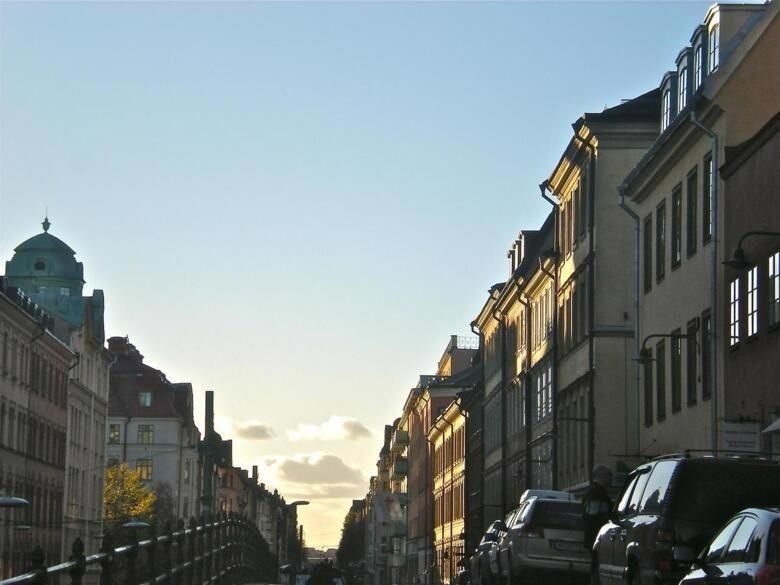An observational study of young adults performed in Stockholm, Sweden, shows that the exposure of residents to ambient air pollutants has been associated with an increased risk of SARS-CoV-2 infection.

Image Credit: Pixabay.
The study was performed by scientists from Karolinska Institutet and has been reported in the JAMA Network Open journal.
As pollutants present in outdoor air can cause an increased risk of respiratory infections like influenza and SARS, the COVID-19 pandemic stimulated fears that they could also contribute to the risk of SARS-CoV-2 infection. Studies have also shown that regions with poor air quality have a high number of COVID-19 cases.
At Karolinska Institutet, scientists have currently studied this in more detail by analyzing the connection between evaluated exposure to air pollutants at home addresses and positive PCR tests for SARS-CoV-2 in young adults in Stockholm, Sweden.
Greater Likelihood of Testing Positive
The results obtained illustrate that vulnerability to a few traffic-related air pollutants has been linked to a greater probability of testing positive.
Our results add to the growing body of evidence that air pollution has a part to play in COVID-19 and support the potential benefit of improving air quality.
Olena Gruzieva, Study Author and Associate Professor, Institute of Environmental Medicine, Karolinska Institutet
The study pulls on the population-based BAMSE project, which has followed more than 4,000 participants in Stockholm since birth. The scientists found around 425 individuals who had tested positive for SARS-CoV-2 (PCR test) between May 2020 and the end of March 2021. This was done by connecting this data to the national communicable disease registry referred to as SmiNet. The average age of the participants was 26, and among them 54% were women.
Traffic-Related Air Pollutants
With the help of dispersion models, daily outdoor concentrations of various air pollutants at the participants’ home addresses were calculated. The pollutants were particles measuring a diameter of fewer than 10 μm (PM10) and 2.5 μm (PM2.5), black carbon and nitrogen oxides.
The scientists studied the connections between infection and exposure to air pollutants on the days prior to the positive PCR test, on the day of the test, and also on later control days. Every participant served in his or her own control on these occasions.
The outcomes illustrate a link between infection risk and exposure to PM10 and PM2.5 two days before a positive test and then exposure to black carbon one day before. They discovered no connection between the risk of infection and nitrogen oxides.
The rise in the infection risk was of an order of magnitude around 7% per particle exposure increase corresponding to the interquartile range, that is, between the first quartile (25%) and the third quartile (75%) of the approximate particle concentrations.
Significance to Public Health
Seven percent doesn’t sound much, but given that everyone is more or less exposed to air pollutants, the association may be of great significance to public health.
Erik Melén, Study Lead Author and Professor of Paediatrics, Department of Clinical Science and Education, Södersjukhuset, Karolinska Institutet
Melén is the BAMSE project leader.
The noted association was not impacted by gender, smoking, asthma or if the individual in question is overweight.
The scientists observe that the outcomes may be impacted by the readiness to take a PCR test and the fact that several young adults were asymptomatic or had just mild symptoms after infection. Also, the study cannot exclude the potential that time-varying confounding factors also impacted the outcomes.
Currently, scientists are analyzing the link between air pollutants and post-COVID symptoms in young adults.
The study’s first author is Zhebin Yu, a postdoctoral researcher in Olena Gruzieva’s group. The study was financially supported by Forte, the Swedish Research Council, the Swedish Heart-Lung Foundation, and Region Stockholm. The authors have reported no clashes of interest.
Journal Reference:
Yu, Z., et al. (2022) Association of Short-term Air Pollution Exposure With SARS-CoV-2 Infection Among Young Adults in Sweden. JAMA Network Open. doi.org/10.1001/jamanetworkopen.2022.8109.